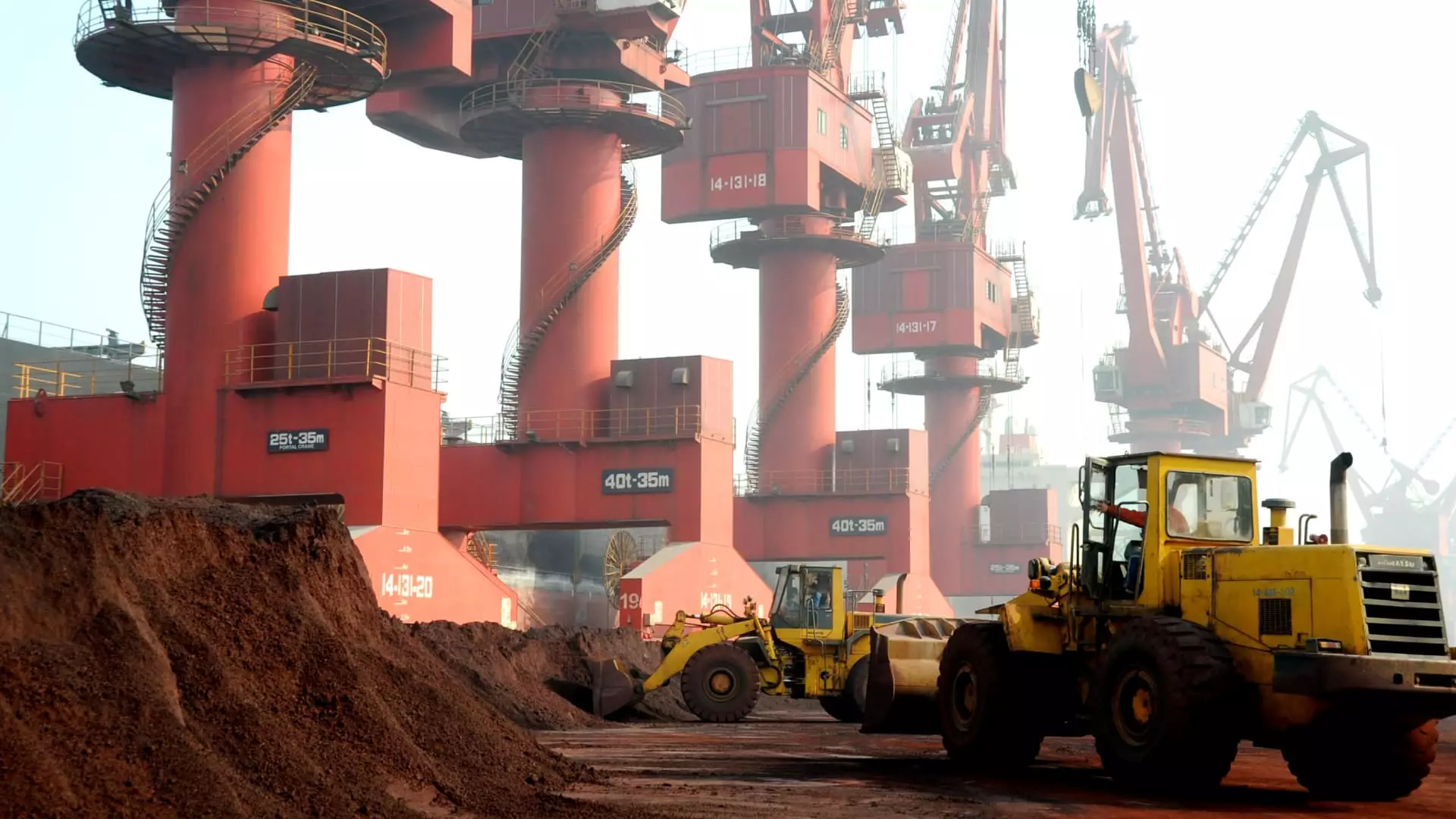As geopolitical tensions rise between major world powers, the landscape of global resource supply chains is undergoing significant transformation. In a notable move, China is set to impose restrictions on tungsten exports, a critical metal essential for various industries, including defense and electronics. This article delves into the implications of these restrictions and what they mean for global markets and alternative suppliers.
For decades, China has operated as the dominant player in the tungsten market, providing approximately 80% of the global supply. This control was largely achieved through a strategy of undercutting competitors with low-cost exports, effectively eliminating many rivals and consolidating its market power. Tungsten’s hardness, high melting point, and resistance to wear make it indispensable in the production of hard metals used in tools, weapons, and electronics. However, as global demand for tungsten rises, particularly amid escalating U.S.-China tensions, the need for alternatives is becoming increasingly urgent.
Effective December 1, China will implement regulations requiring businesses to obtain licenses to export certain tungsten and dual-use products. The decision reflects a growing recognition of the strategic importance of tungsten, particularly in military applications. As nations scramble to bolster their supply chains and ensure sustained access to this critical resource, the fear of over-reliance on a single source has intensified.
Chinese officials are citing security concerns as a primary reason for these measures, emphasizing the need to manage the flow of materials that can be utilized in both civilian and military contexts. This paradigm shift signals a move away from China’s previous stance where it freely allowed tungsten to flood the global market.
The U.S. has already taken proactive steps in anticipation of China’s export restrictions. By enacting tariffs on tungsten imports from China, the U.S. has not only limited its dependence on Chinese tungsten but also created an opportunity for the reemergence of domestic production. The Defense Department’s subsequent directive forbidding contractors from procuring tungsten mined in China by 2027 adds further urgency to this transition.
Nonetheless, industry experts warn that despite these protective measures, substantial production opportunities in the U.S. may take time to materialize. Higher prices are a prerequisite for enhancing the profitability of U.S. tungsten mining operations. Estimates suggest that a price increase of approximately $50 per metric ton is necessary for mining projects to become economically viable. Until that threshold is reached, U.S. supply will remain in a precarious state.
With China’s dominance being challenged, countries with previously dormant tungsten mines are exploring potential reopening. Almonty Industries holds significant prospects in southern Korea’s Sangdong mine, which could revitalize tungsten production in the region. This mine, shuttered since 1994, is projected to produce at least 50% of its capacity by mid-2025.
Moreover, the demand for tungsten will not be confined to just alleviating Chinese supply constraints. Global players, including Kazakhstan, Australia, and Spain, are advancing their mining projects, amplifying supply and contributing to market stability. Collaboration among allied nations, termed “friendshoring,” will be paramount for the U.S., as it seeks to create a diversified supply chain that is insulated from geopolitical volatility.
The prospects for tungsten are complex. Analysts foresee rising prices in the short term due to demand outpacing supply, particularly as industries scramble to secure resources. However, the introduction of new mining projects across the globe may gradually alleviate pressures and stabilize prices in the medium to long term.
While some foreign investments are anticipated to boost production capabilities, the U.S. Geological Survey has identified numerous sites domestically with significant tungsten reserves. Initiatives to revitalize these mines could bolster U.S. independence in this strategic metal, enabling the country to reclaim its position in the global tungsten market.
China’s forthcoming export restrictions on tungsten signify profound shifts within the global resource supply chain. The interplay of geopolitical tensions, economic strategies, and emerging production capabilities presents both challenges and opportunities for resource-rich nations. As countries recalibrate their resource dependencies, the focus will increasingly be on collaboration and innovation to secure favorability in a competitive global market. The future of tungsten, amid these unfolding dynamics, will require astute navigation by all players involved.

